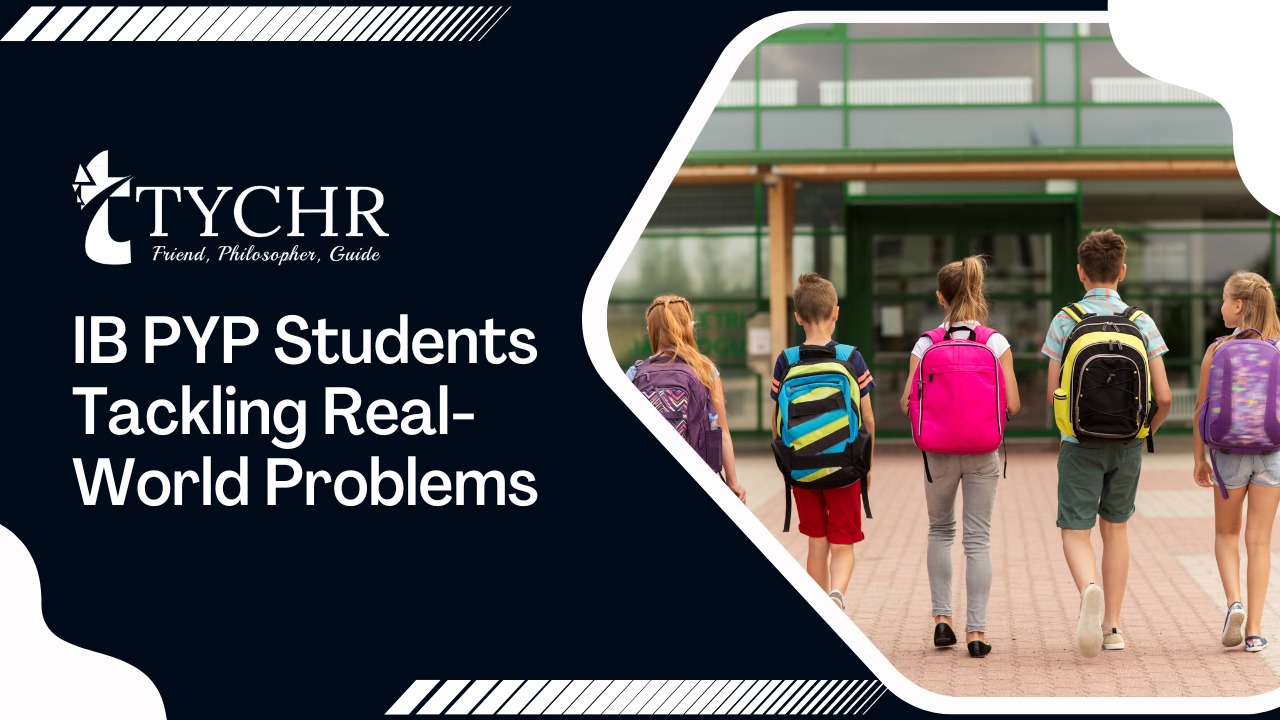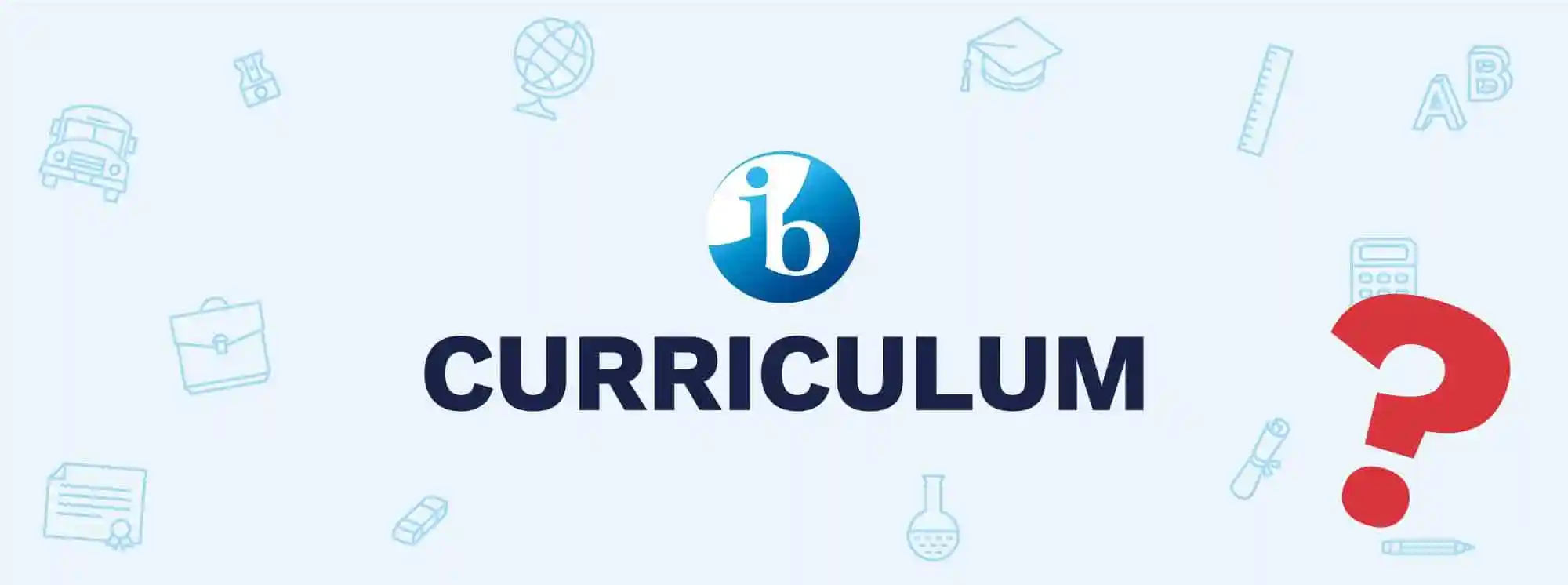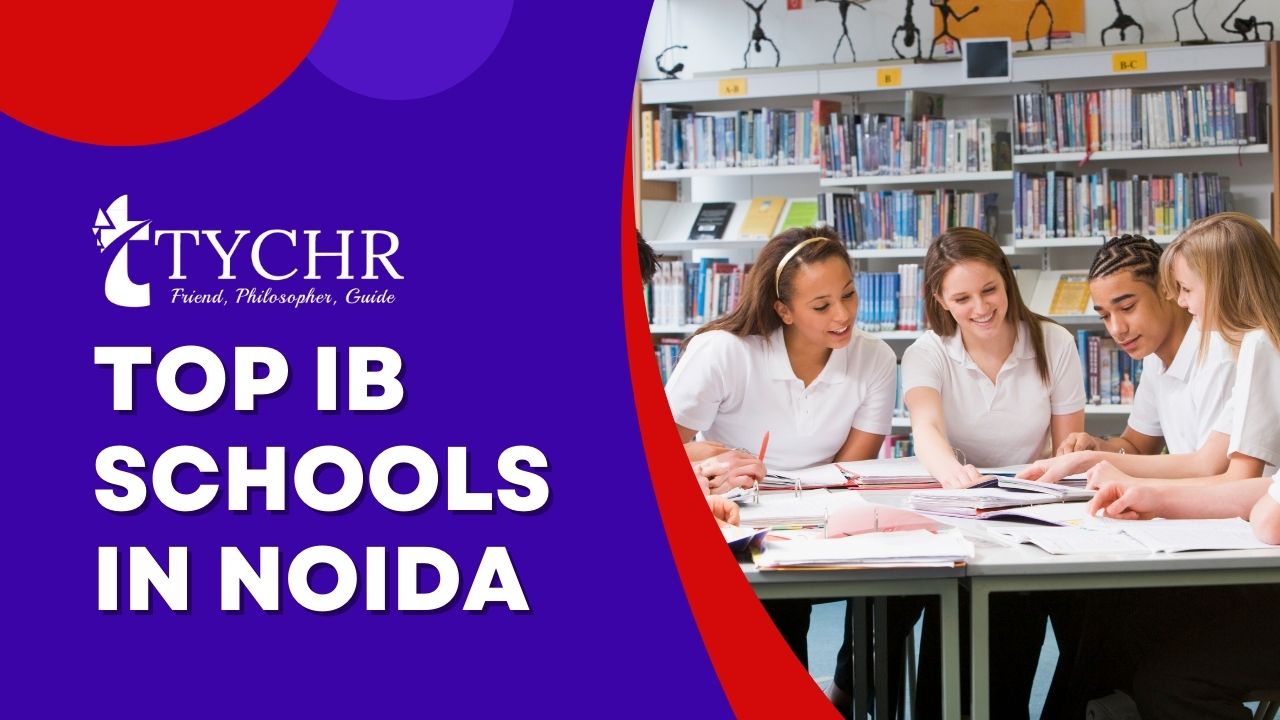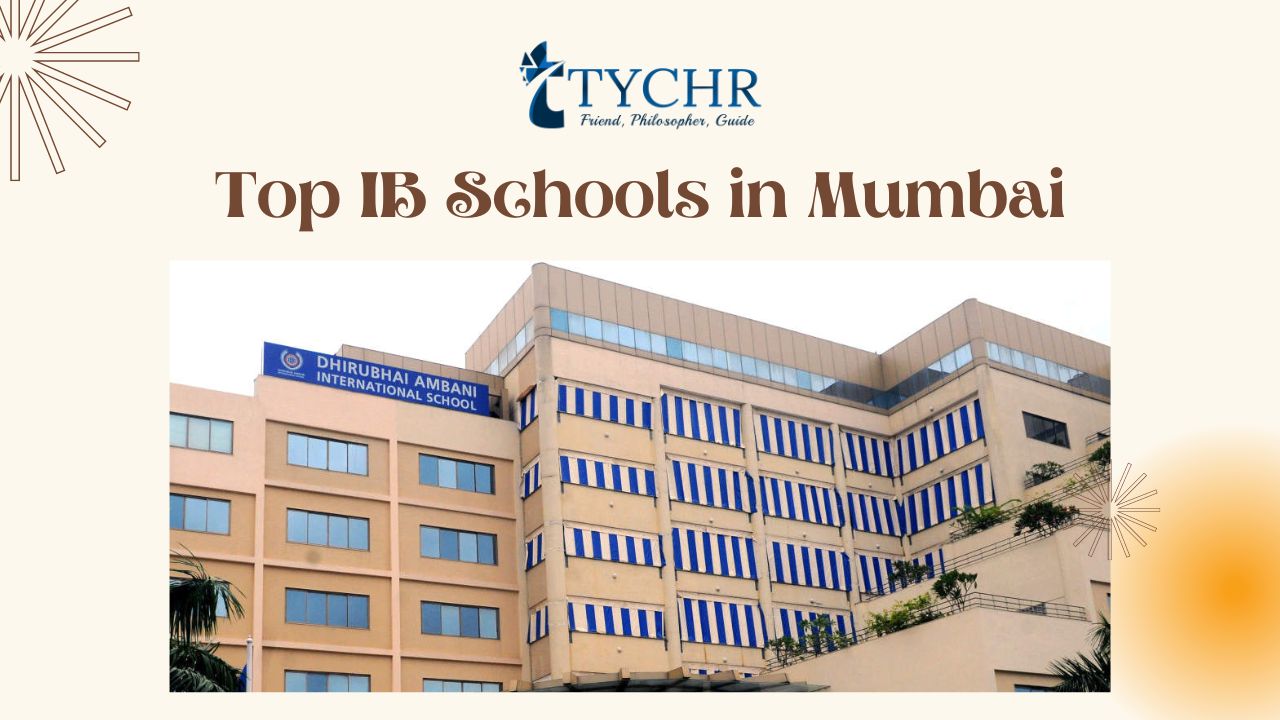Table of Contents [hide]
The International Baccalaureate Primary Years Programme (IB PYP) nurtures students’ development from a young age, equipping them with the skills and mindset to address real-world problems. Through each grade level, IB PYP students progressively grow their abilities to analyze, respond, and take action. In this article, we will explore five real-world problems and delve into how students from IB PYP grades 1 to 5 would realistically respond to each situation.
Problem 1 Climate Change and Environmental Sustainability
IBPYP 1 Response
At this level, IBPYP 1 students begin to develop an understanding of the environment through engaging in activities and discussions. They might learn about the importance of conserving resources and protecting nature. A realistic response for an IBPYP 1 student would involve creating simple posters encouraging their classmates to turn off lights when not in use or to reuse materials.
IBPYP 2 Response
In grade 2, IBPYP students explore concepts such as fairness and empathy. To respond to the problem of climate change, an IBPYP 2 student might conduct research on the topic and engage in discussions about the importance of taking care of the environment. They could create a classroom project, such as a recycling initiative, where they encourage their peers to recycle paper and plastic waste.
IBPYP 3 Response
In grade 3, IBPYP students delve deeper into issues of sustainability. To tackle climate change, an IBPYP 3 student might initiate a campaign to reduce plastic waste in their school. They could create awareness posters and work with their classmates to encourage everyone to bring reusable water bottles and lunch containers. They might also explore the concept of composting and engage in composting activities within the school community.
IBPYP 4 Response
In grade 4, IBPYP students have a more comprehensive understanding of environmental sustainability. To respond to climate change, an IBPYP 4 student might research renewable energy sources and their benefits. They could create a presentation for their classmates, highlighting the importance of using renewable energy and suggesting ways to reduce energy consumption at home and in school.
IBPYP 5 Response
In the final year of the IBPYP, grade 5 students are prepared to take more significant actions. To address climate change, an IBPYP 5 student might organize a school-wide sustainability project. They could work with their classmates to implement recycling systems in every classroom, conduct energy audits to identify areas of improvement and collaborate with local environmental organizations to raise awareness about the importance of protecting the environment.
Problem 2 Access to Education in Developing Countries
IBPYP 1 Response
At the IBPYP 1 level, students begin to develop an understanding of the importance of education. A realistic response would involve engaging in classroom discussions about the value of education and participating in empathy-building activities, such as writing letters to students in different parts of the world.
IBPYP 2 Response
In grade 2, IBPYP students explore concepts of fairness and equality. To respond to the problem of limited access to education, an IBPYP 2 student might organize a book drive within their school community, collecting books to donate to children in developing countries.
IBPYP 3 Response
In grade 3, IBPYP students deepen their understanding of social issues. To tackle the problem of limited access to education, an IBPYP 3 student might collaborate with their classmates to organize a fundraising event, such as a bake sale, to collect money for school supplies or sponsor a child’s education in a developing country.
IBPYP 4 Response
In grade 4, IBPYP students gain a broader perspective on global issues. To address the problem of limited access to education, an IBPYP 4 student might create a multimedia presentation about educational disparities around the world and present it to their classmates. They could then collaborate with a local charity organization to raise funds for building schools or providing scholarships to underprivileged students.
IBPYP 5 Response
In the final year of the IBPYP, grade 5 students have a deeper understanding of social justice. To respond to the problem of limited access to education, an IBPYP 5 student might organise a school-wide awareness campaign about the importance of education for all. They could create informative posters, deliver presentations, and initiate fundraising activities to support education initiatives in developing countries.
Also read The Origin Of The International Baccalaureate
Problem 3 Social Injustice and Discrimination
IBPYP 1 Response
In grade 1, IBPYP students begin to develop an understanding of fairness and respect. A realistic response would involve engaging in classroom discussions about treating others kindly and respecting individual differences.
IBPYP 2 Response
In grade 2, IBPYP students continue to explore concepts of fairness and empathy. To respond to the problem of social injustice and discrimination, an IBPYP 2 student might engage in role-playing activities that promote kindness, respect, and acceptance of others.
IBPYP 3 Response
In grade 3, IBPYP students delve deeper into issues of social justice. To address social injustice and discrimination, an IBPYP 3 student might create a classroom project where they research historical figures who fought against discrimination. They could create informative posters or deliver presentations about these individuals to their classmates.
IBPYP 4 Response
In grade 4, IBPYP students develop a more comprehensive understanding of social issues. To tackle social injustice and discrimination, an IBPYP 4 student might organize a school-wide awareness campaign. They could collaborate with their classmates to create presentations, engage in panel discussions, or create videos that highlight the importance of equality and respect for all individuals.
IBPYP 5 Response
At the final year of the IBPYP, grade 5 students are ready to take more significant actions. To respond to social injustice and discrimination, an IBPYP 5 student might initiate a community project that promotes inclusivity and addresses stereotypes. They could collaborate with local organizations to organize workshops, diversity celebrations, or create mentorship programs that foster understanding and respect among individuals.
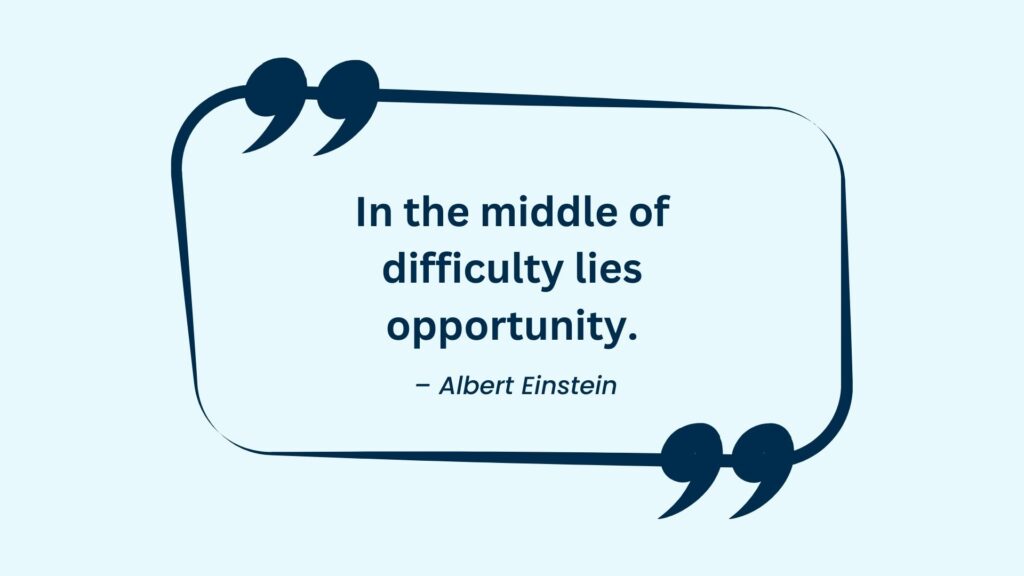
Problem 4 Food Insecurity and Hunger
IBPYP 1 Response
In grade 1, IBPYP students begin to develop an understanding of basic needs. A realistic response would involve engaging in classroom discussions about the importance of food and basic nutrition for everyone.
IBPYP 2 Response
In grade 2, IBPYP students explore concepts such as empathy and helping others. To address food insecurity and hunger, an IBPYP 2 student might participate in a classroom project where they collect non-perishable food items to donate to a local food bank.
IBPYP 3 Response
In grade 3, IBPYP students deepen their understanding of global issues. To tackle food insecurity, an IBPYP 3 student might collaborate with their classmates to research sustainable farming methods. They could then create a classroom garden, growing fruits and vegetables to donate to a local community organization.
IBPYP 4 Response
In grade 4, IBPYP students gain a broader perspective on issues related to poverty and inequality. To respond to food insecurity, an IBPYP 4 student might organize a food drive in their community, collecting non-perishable items and distributing them to families in need.
IBPYP 5 Response
In the final year of the IBPYP, grade 5 students have a deeper understanding of social responsibility. To address food insecurity and hunger, an IBPYP 5 student might collaborate with local organizations to establish a sustainable school garden project. They could work with their classmates to grow food, implement composting practices, and educate their school community about the importance of food security and sustainable agriculture.
Problem 5 Digital Divide and Access to Technology
IBPYP 1 Response
In grade 1, IBPYP students begin to develop an awareness of technology and its impact. A realistic response would involve engaging in discussions about the benefits of technology and the importance of equal access to it.
IBPYP 2 Response
In grade 2, IBPYP students explore the concept of fairness in relation to technology. To respond to the problem of the digital divide, an IBPYP 2 student might create a classroom project where they collect used electronic devices to donate to schools or communities that lack access to technology.
IBPYP 3 Response
In grade 3, IBPYP students deepen their understanding of global issues and technology’s role. To tackle the digital divide, an IBPYP 3 student might collaborate with their classmates to organize a fundraising event to raise money for purchasing tablets or laptops for schools in underserved areas.
IBPYP 4 Response
In grade 4, IBPYP students gain a broader perspective on technological advancements and their impact. To respond to the digital divide, an IBPYP 4 student might engage in research about initiatives that provide technology training to underprivileged communities. They could create a presentation or a video showcasing these initiatives and advocate for similar programs in their own community.
IBPYP 5 Response
In the final year of the IBPYP, grade 5 students have a deeper understanding of social responsibility and the potential of technology. To address the digital divide, an IBPYP 5 student might initiate a community project focused on digital literacy. They could collaborate with local organizations to provide computer classes, and mentorship programs, or organize technology donation drives to bridge the gap in access to technology.
The International Baccalaureate Primary Years Programme (IB PYP) empowers students from different grade levels to become active participants in addressing real-world problems. As students progress through the IB PYP, they develop the knowledge, skills, and attitudes necessary to analyze complex issues and respond to them realistically. By understanding how IB PYP students from grades 1 to 5 would approach real-world problems, we can appreciate the program’s holistic and progressive nature, fostering a generation of compassionate and socially responsible individuals ready to make a positive impact in the world.




